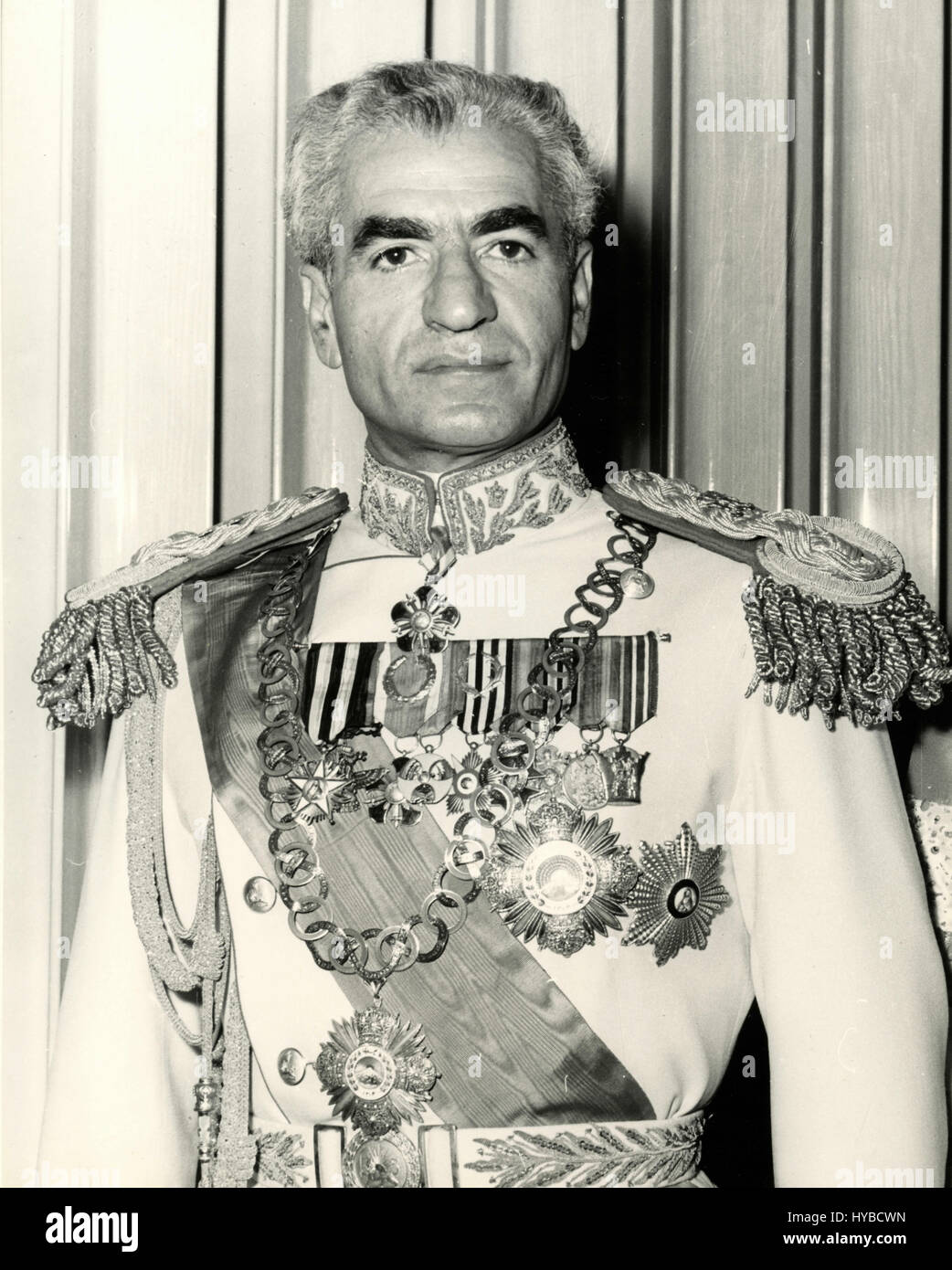Mohammad Reza Pahlavi: The Last Shah Of Iran's Tumultuous Reign
Table of Contents
- The Pahlavi Dynasty: A Foundation of Modernization
- Mohammad Reza Pahlavi: The Last Shah of Iran - A Biographical Sketch
- The White Revolution: Ambition and Discontent
- International Relations and Geopolitical Chess
- Rising Tensions and the Seeds of Revolution
- The Final Chapter: Exile and the End of Monarchy
- The Enduring Legacy of the Pahlavis
- Is There a Shah in Iran Today?
The Pahlavi Dynasty: A Foundation of Modernization
To truly understand who was the last Shah of Iran, one must first appreciate the context of the Pahlavi dynasty's rise. The last ruling family of Iran, the Pahlavis, came to power in 1925. This was not through ancient lineage but through a dramatic shift initiated by Reza Shah Pahlavi, a former military officer, who overthrew the Qajar dynasty. This transition marked a pivotal moment, signaling Iran's determined push towards modernization and a more centralized state. Reza Shah, Mohammad Reza Pahlavi's father, was a formidable figure who initiated sweeping modernization efforts across the country. He focused on building crucial infrastructure, constructing roads that connected disparate regions, establishing schools to foster education, and creating a centralized military to strengthen national defense and unity. His vision was to transform Iran into a modern, powerful nation, capable of standing on its own in a rapidly changing world. However, his reign also saw Iran declare neutrality during the Second World War, a stance that ultimately led to his forced abdication. Following this significant event, he was succeeded by his son, Mohammad Reza Pahlavi, who would become the last Shah of Iran. This forced succession, rather than a natural transition, immediately placed the young Mohammad Reza in a complex geopolitical landscape, inheriting a nation already grappling with the pace of change and external pressures. The Pahlavi dynasty, though short-lived compared to its predecessors, fundamentally reshaped Iran's identity and trajectory in the 20th century.Mohammad Reza Pahlavi: The Last Shah of Iran - A Biographical Sketch
The life of Mohammad Reza Pahlavi, the last Shah of Iran, was undeniably shaped by the unique circumstances of his birth and ascension. He was destined for a throne that would ultimately be dismantled during his rule, making his personal story inextricably linked to the dramatic political shifts of the 20th century.Early Life and Ascension
Mohammad Reza Pahlavi was born on October 26, 1919, in Tehran. He was one of the 11 children of his father, Reza Shah Pahlavi, and was the eldest son among his siblings. While the "Data Kalimat" suggests he was proclaimed the crown prince at birth, prior to the establishment of the Pahlavi dynasty in 1925, it's more accurate to state that he was born before the formal establishment of the dynasty, and upon his father's ascension to the throne in 1925, he was officially proclaimed Crown Prince. This early designation set him on a path of rigorous education and preparation for leadership, including schooling in Switzerland. His unexpected ascension to the throne came in 1941, following his father Reza Shah's forced abdication by Allied powers who viewed his neutrality during World War II with suspicion. At just 21 years old, Mohammad Reza Pahlavi inherited a nation under foreign occupation and facing immense internal and external challenges. He would go on to reign from 1941 until his overthrow during the Iranian Revolution of 1979, holding the title of Shahanshah (King of Kings). His reign was marked by significant political, economic, and social transformations, but also by widespread unrest and criticism that ultimately led to the demise of the 2,500-year-old monarchy.Personal Data and Biodata
| Attribute | Detail- Allhdshub
- Prince William Reportedly Holds A Grudge Against Prince Andrew
- All Lshub
- Jameliz Onlyfans
- Does Axl Rose Have A Child

Shah of Iran modernized his nation but vacillated in crisis : iran

The tomb of Mohammad Reza Shah Pahlavi, the last shah of Iran, in Al

Shah Mohammad Reza Pahlavi, Tehran, Iran Stock Photo - Alamy